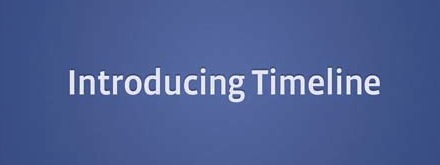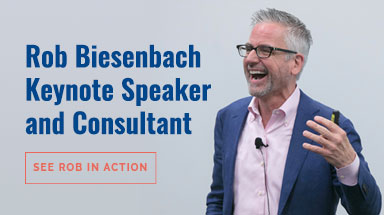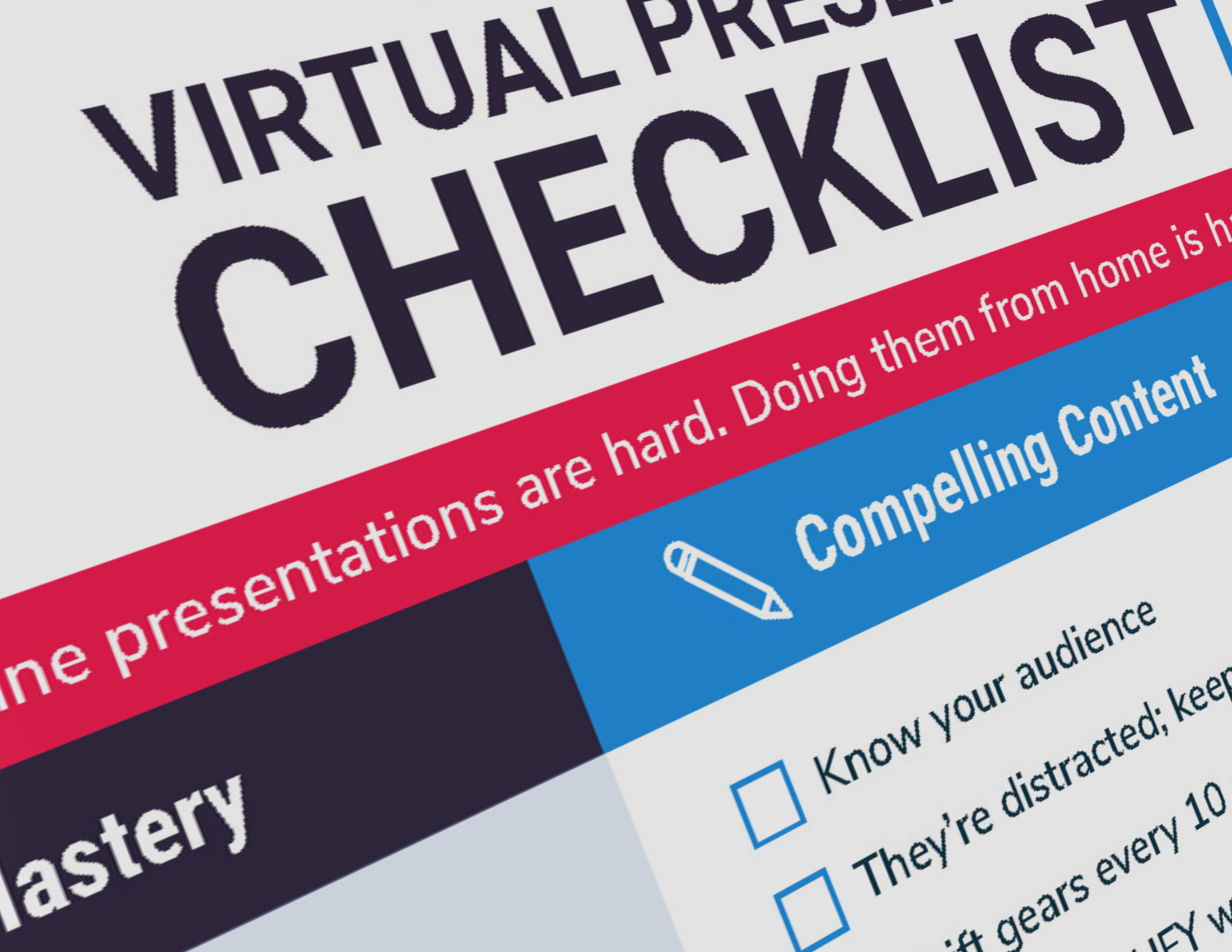Facebook Timeline for brands is the latest hysteria-inducing development in social media. Its introduction has been accompanied by the usual how-to articles screaming TEN THINGS YOU MUST KNOW and FIVE HIDDEN TIMELINE SECRETS THE EXPERTS WON’T TELL YOU and YOU’RE NOT ON TIMELINE YET? YOU HOPELESS RUBE!
I actually think the timeline is cool. I was an early adopter on my personal Facebook page and I plan to switch over my business page well before they do it for me. The timeline is a great way to tell your story more visually and it’s got some interesting features for business.
The New York Times has a pretty sweet page and, of course, President Obama is an early adopter.
Most People Don’t Care About Your History
But here’s the thing: the timeline itself is just one feature (albeit the most obvious one) of Facebook timeline. And as companies rush to fill in every event from their history, I would just say this: customers generally care a whole lot less about a company’s history than most companies would like to believe.
I meet with clients all the time who talk excitedly about having a timeline on their website or in their print materials or along the walls in their lobbies. And I think timelines are great from an employee perspective. People inside the organization naturally have an interest and pride in the details of its history.
But if you’re talking to customers, these milestones should be held up to a little more scrutiny. If one of your founders happens to be, say, Cyrus McCormick, that’s a pretty cool thing. On the other hand, the day your medical devices division was folded into your healthcare products division? Not that compelling.
Are You Smarter Than a 7th Grader?
My aversion to timelines, like most peoples’ issues, goes back to childhood. My seventh-grade history teacher, a self-described army brat, ran her class like a drill sergeant. On the very first day, as she paced back and forth before the assembled ranks, she sternly warned us all that “Learning Is Not Supposed to Be Fun.” And she spent the rest of the year embodying that motto at every turn.
One of her favorite assignments was the timeline. Assigned a certain period of history, we would take a clean sheet of typing paper, draw a line down the middle and start filling in key dates and events along either side of the line. When we got to the bottom of the page we would tape another one to it. The kids who got the highest grades had timelines running into 20 pages or more.
Well into adulthood, I marvel each and every day at just how little historical knowledge I retained from that class and from my education in general. That’s likely because she and other teachers emphasized the dates and sequence of events instead of the meaning and impact of those events.
Don’t Just Recite Data — Tell Stories
And that’s what companies need to be aware of. As with other communication channels, the timeline should be used to tell actual stories. If you insist on filling in these milestones, give them context, human interest and drama.
Facts and data do not stick. Stories and characters do.





